Maybe you left your lights on. Or perhaps your alternator has failed and isn’t charging your battery properly. Whatever the cause, you’re going to need to jumpstart your car at some point. Provided you have a pair of jumper cables in your vehicle and you can hail down a helper, it’s easy to get your vehicle up and running. Here’s how to jumpstart a car.
How to Jumpstart a Car
Before attempting to jumpstart your car, review a few key points to ensure safety.
- Read the guidelines in your owner’s manual first in case the automaker provides specific recommendations to follow if jumpstarting the car.
- Examine battery condition in both cars. If you notice leakage, cracks or damage to either battery, don’t attempt to jumpstart the car.
- Avoid touching the jumper-cable clips together or else you’ll get a dangerous shower of sparks.
- Ensure consistency between the vehicles’ charging systems (e.g. 12V, 6V, etc.).
How to jumpstart a car
Total Time: 20 minutes
Position the vehicles
Park the donor vehicle adjacent to the car with the dead battery. Nose-to-nose works best, but space limitations may dictate a different configuration. Just get the donor vehicle close enough so the jumper cables reach both batteries, usually about 15 feet. Turn off the donor car’s engine.
Connect the jumper cables
To avoid damaging the donor car’s battery, make sure to connect the jumper cables in the correct order. Clean any corrosion from the battery terminals to ensure a good connection. Start by connecting a red (positive) alligator clip to the red battery terminal on the dead battery. Then, connect the other red clip to the positive terminal of the donor battery. Next, connect a black clip to the black (negative) terminal of the donor battery. Finally, connect the other black clip to the negative terminal on the dead battery or to a clean part of the engine block.
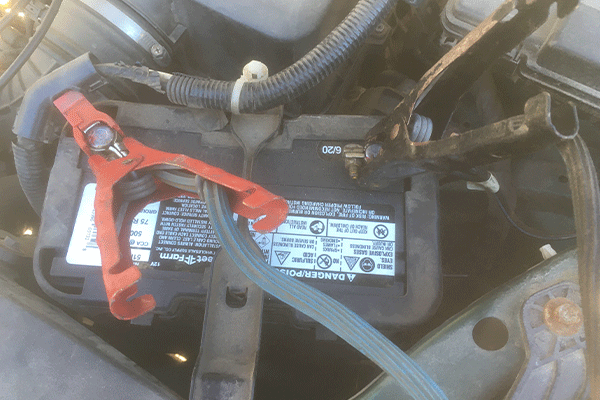
Start the donor car
Start the engine of the donor car and let it idle for a few minutes to supply power to the dead battery.
Test the dead battery
After a few minutes, turn on an interior light or the headlights of the dead vehicle. If the lights illuminate, the battery probably has sufficient power to start the car.
Remove the jumper cables
Once the dead vehicle is running, disconnect the jumper cables in reverse order in which you installed them. Disconnect the black clip from the bare metal, the black clip from the negative terminal, the red clip from the donor car and finally the red clip from the (formally) dead car.
What if jumpstarting the car doesn’t work?
If the dead car turns over slowly and refuses to start on your first try, let the donor car idle for a few more minutes. You can also feather the accelerator to increase the rpm of the donor car to increase battery voltage. After a while, try starting the dead car again. If it still refuses to start, the battery may be too depleted to jumpstart. If so, buy a new battery and install it or call for a tow.
Why is my battery dead?
Like anything, car batteries eventually wear out. Most car batteries last about three to five years. Once they reach the end of their service life, they produce less voltage, which makes it tougher to start the engine. Eventually, it won’t start at all. Many batteries have an indicator that shows the month and year it was purchased so you can determine its age. If it’s more than five years old, replace it, especially if winter is coming. Find out how to pick a car battery here.
Your alternator could also be failing. In most vehicles, the alternator acts as a mini-generator that charges the battery as the engine runs. Once the alternator quits charging the battery, it’s a matter of time before your engine won’t start and you have to jumpstart your car.
Corroded battery terminals can prevent voltage from the alternator from charging the battery. Check the terminals for corrosion and clean them if needed to ensure the battery is receiving a strong charge.
Once clean, AMSOIL Heavy-Duty Metal Protector does a great job protecting battery terminals from corrosion by forming a resilient, wax-like film to lock out moisture.
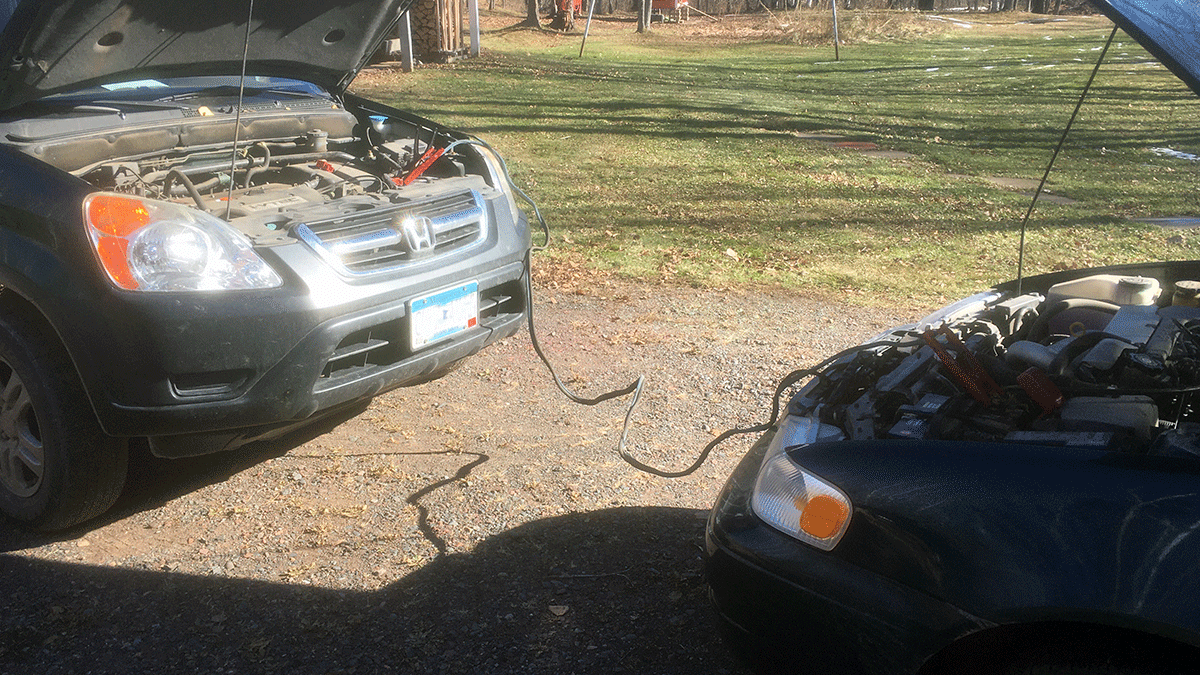
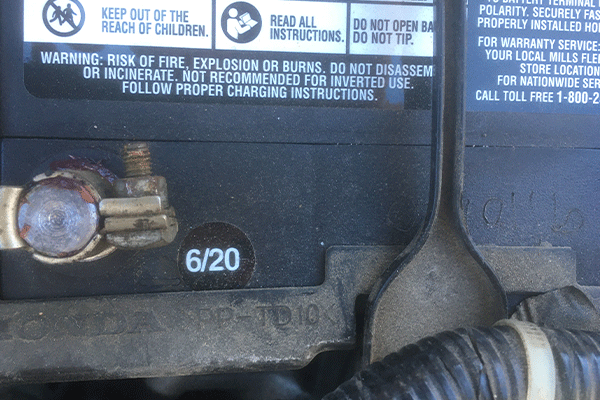
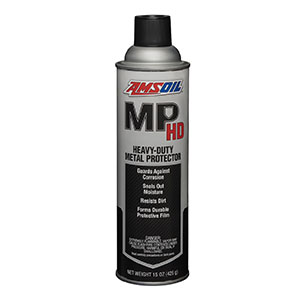
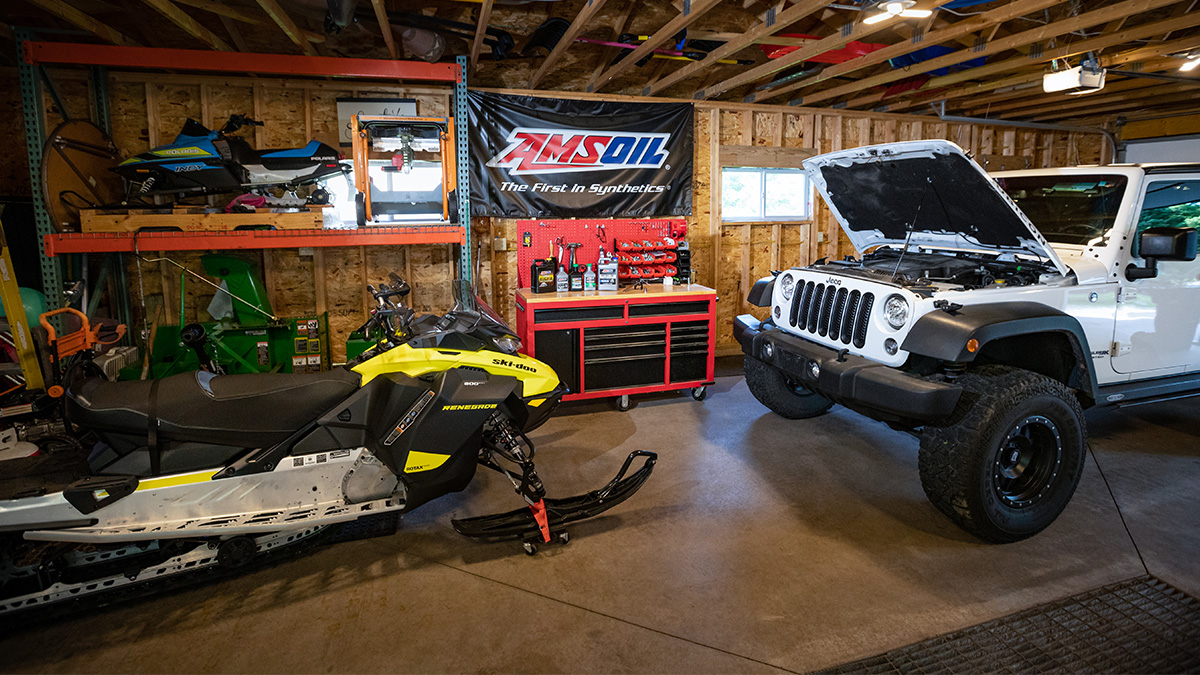
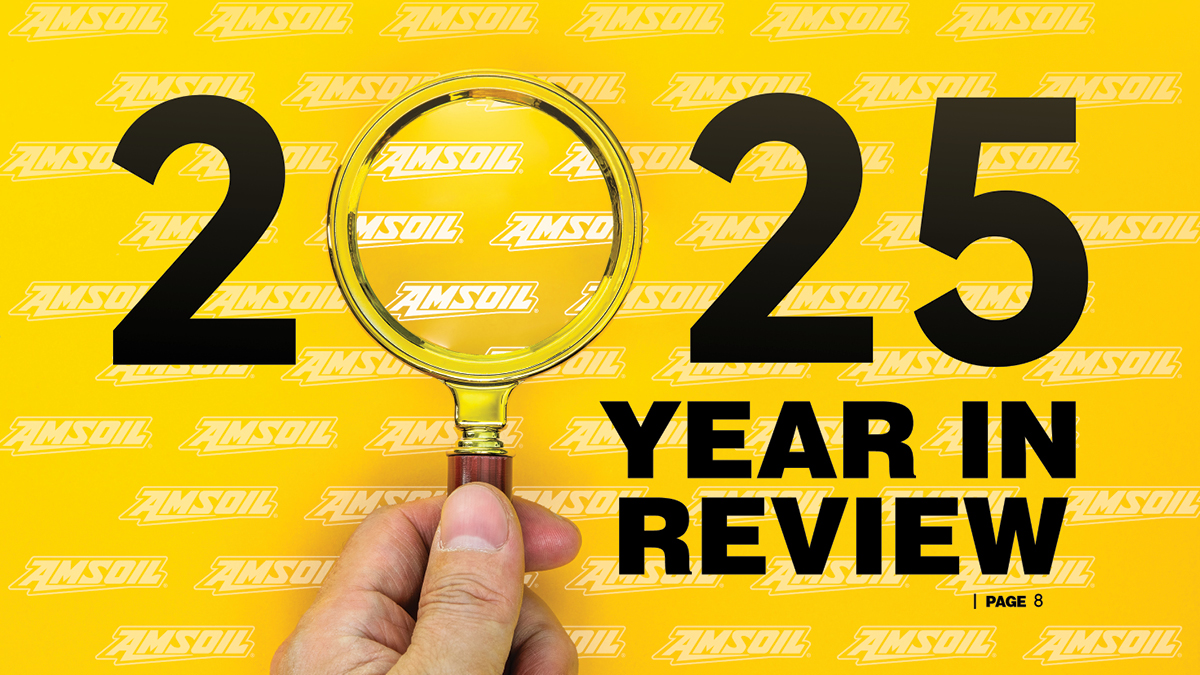
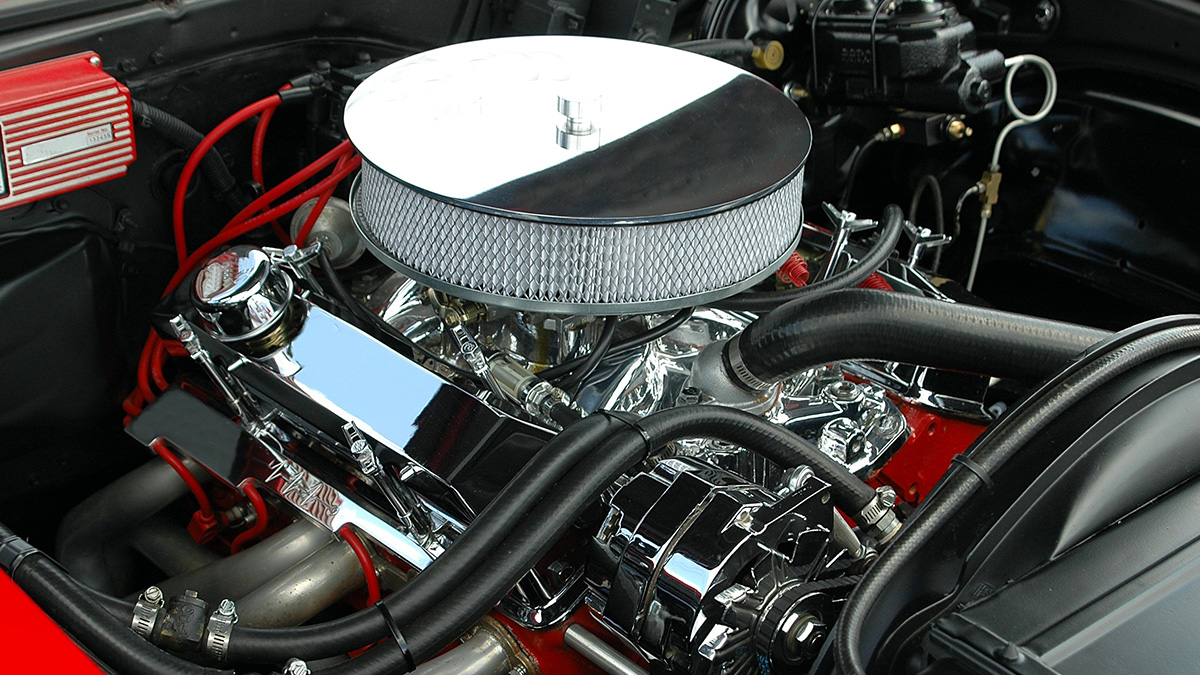

Comments
Share: